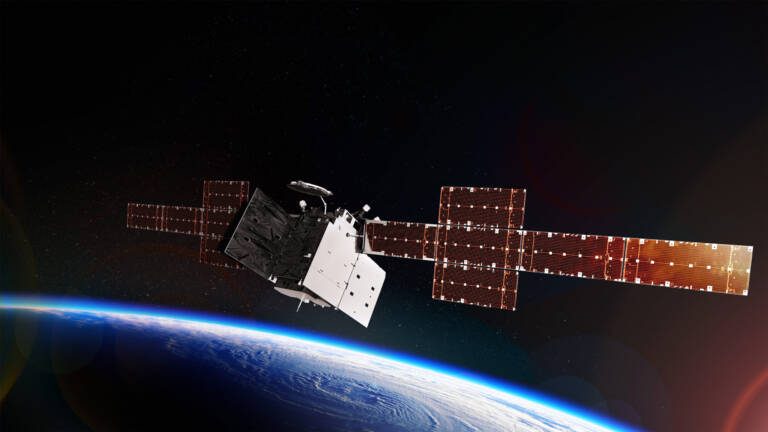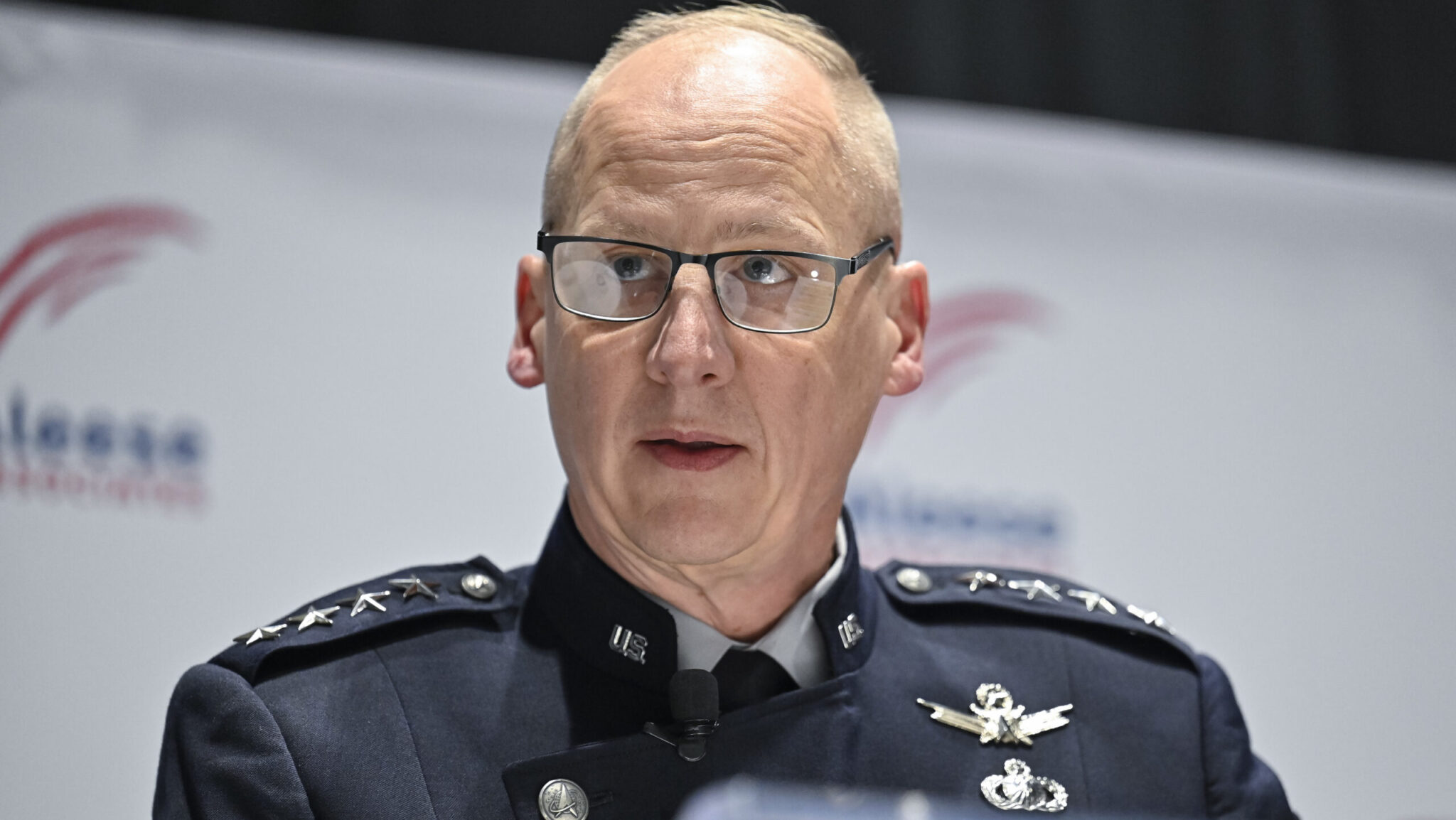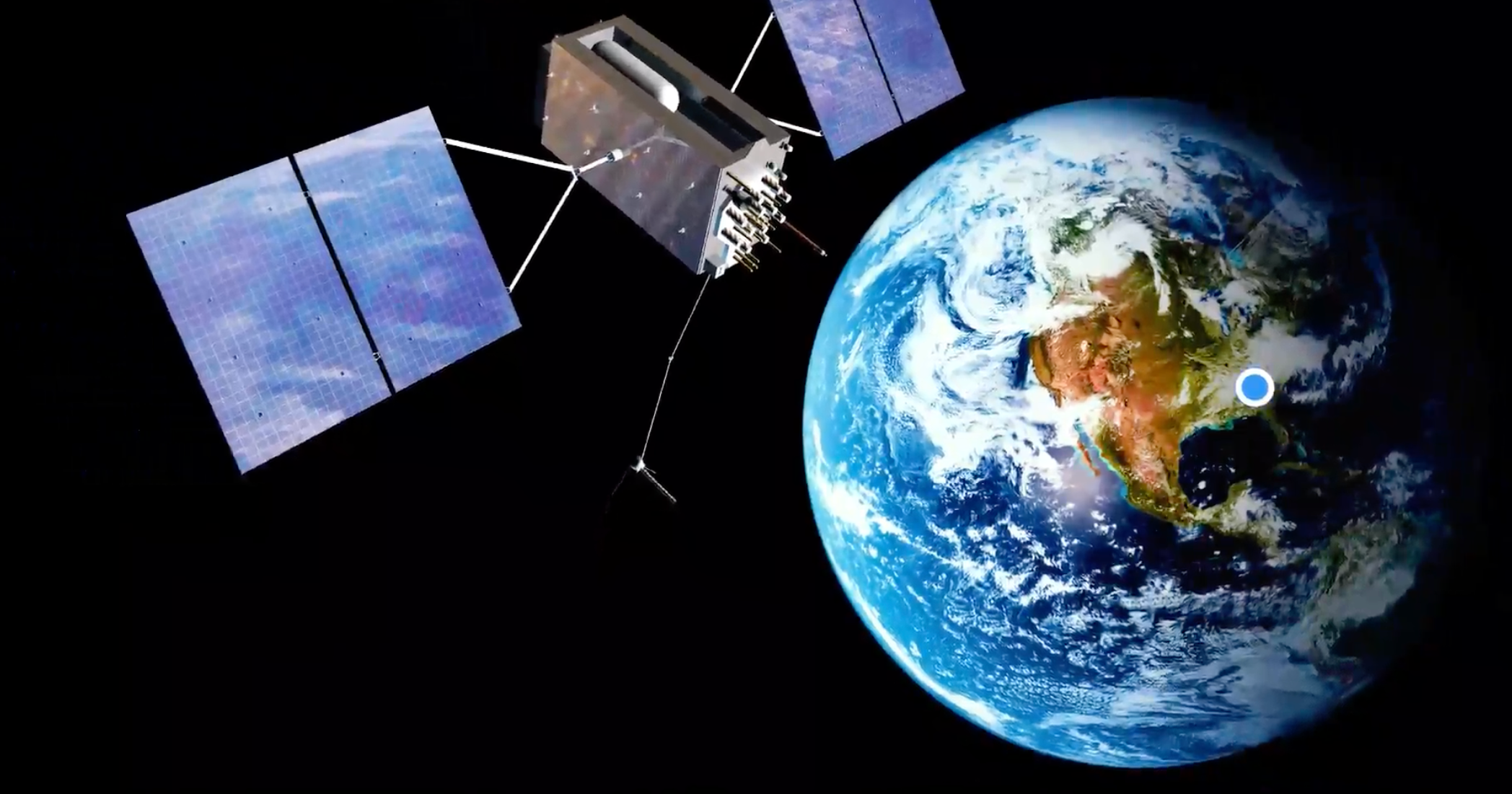GPS, Communication and Intelligence: the three priorities of the US Space Force

Like all armed forces, the US Space Force has also taken the field to obtain more funds and the funding priorities on which the space force is aiming are:
- alternatives to GPS,
- the most reliable and secure satellite communications (SATCOM).
- improved intelligence, surveillance and reconnaissance (ISR) to support warfighters on the battlefield,
Citing growing threats from China and Russia, Gen. Michael Guetlein, the force's chief, said Wednesday at the Defense News conference that the service needs an influx of money both to enhance traditional space support services to combatant commanders and to strengthen offensive and defensive capabilities to engage adversary space systems.
“We need additional resources to meet the growing demand for capacity,” he said. “At 3 percent of the Department of Defense budget, the Space Force is worth every penny. It offers a huge value proposition for the nation. Every dollar invested brings asymmetric returns, while every cut risks asymmetric losses. Given the continued progress of competitors, the Space Force budget needs more resources, not less, to do our job."
Guetlein noted that Air Force Secretary Frank Kendall recently said (in an interview with Defense News) that the Space Force needs to “double or triple over time” its current annual budget of about $30 billion to fund the assigned missions adequately.
Kendall's statement echoed a May assessment by veteran space budget analysts Todd Harrison of the American Enterprise Institute and Mike Tierney, head of legislative affairs at the National Security Space Association (NSSA), that the Space Force has "the eyes bigger than the stomach”, i.e. capacities greater than the allocations. Experts pointed out that the service's five-year budget plan for fiscal year 25, essentially a flatline, fails to fully support all new acquisition programs being rolled out.
Support all forces
Guetlein said that to ensure “space capabilities are there when military forces need them,” the service must invest in both more SATCOMs and “more resilient SATCOMs” to ensure connectivity across the Joint Force.
“We know we need more satellite communications capacity and expect a significant increase in demand in the coming years and during times of crisis or conflict. The additional capacity will come from national investments in organic SATCOMs such as the Wideband Global SATCOM system and the Mobile User Objective Satellite system,” he said.
The increase in bandwidth “will also come from commercial partnerships, as we are doing through the Commercial SATCOM Office, and from international partnerships such as those we have with Norway and Luxembourg,” he added.
Guetlein also highlighted how the Space Development Agency's plan for a Transport Layer of low-latency, high-capacity data relay satellites in low-Earth orbit is a key future capability. “It is critical for programs such as the Combined Joint All Domain Command and Control System, or CJADC2, which is a multi-domain command and control system with sharing of orders, images and data with both FFAA joint commands and allies,” he said. said.
Other “resilient position, navigation and timing” capabilities, including “alternative methods to GPS,” are another key operational area where an influx of funding is needed, Guetlein stressed. He explained that the Space Force has already begun “low-level studies and efforts on what we call resilient GPS,” through Kendall’s “quick start” initiative. With $100 million approved by Congress as part of the FY24 National Defense Authorization Act, the initiative was designed to accelerate critical acquisitions while bypassing the constraints of the cumbersome budget process.
In June, the Space Force released a request for proposal for the Resilient GPS initiative , aimed at developing small satellites to complement the current 31 Global Positioning System satellites in orbit, aimed at members of the Space Enterprise Consortium (SpEC). Details of the RFP are confidential to consortium members, but a previous request for information to industry highlighted that the new prototype satellites should also be able to integrate into current ground systems. Space News on June 25 reported that Space Systems Command plans to select up to five R-GPS designs that include both civilian and military signal capability, as well as jamming-resistant M-code.
However, the service is “waiting for the '25 budget to see how the situation will evolve,” Guetlein said.
The Space Force must also invest in expanding “ intelligence, surveillance and reconnaissance ,” he added. The service has already launched a new satellite development program with the National Reconnaissance Office to track moving targets on the ground, and Guetlein stressed that it is studying how to track aerial targets from space – with the aim of bringing both capabilities to the field at early 2030.
Protect and defend
There is a fourth area in which the Space Foce will intervene, that is, the defense of US strategic resources from threats originating and destined for space and created by strategic adversaries of the USA. These are projects to defend national networks from threats coming from hostile opposing networks, but in this field the measures are covered by the strictest confidentiality.

Thanks to our Telegram channel you can stay updated on the publication of new Economic Scenarios articles.
The article GPS, Communication and intelligence: the three priorities of the US Space Force comes from Economic Scenarios .
This is a machine translation of a post published on Scenari Economici at the URL https://scenarieconomici.it/gps-comunicazione-e-intelligence-le-tre-priorita-della-space-force-usa/ on Fri, 06 Sep 2024 18:52:18 +0000.


